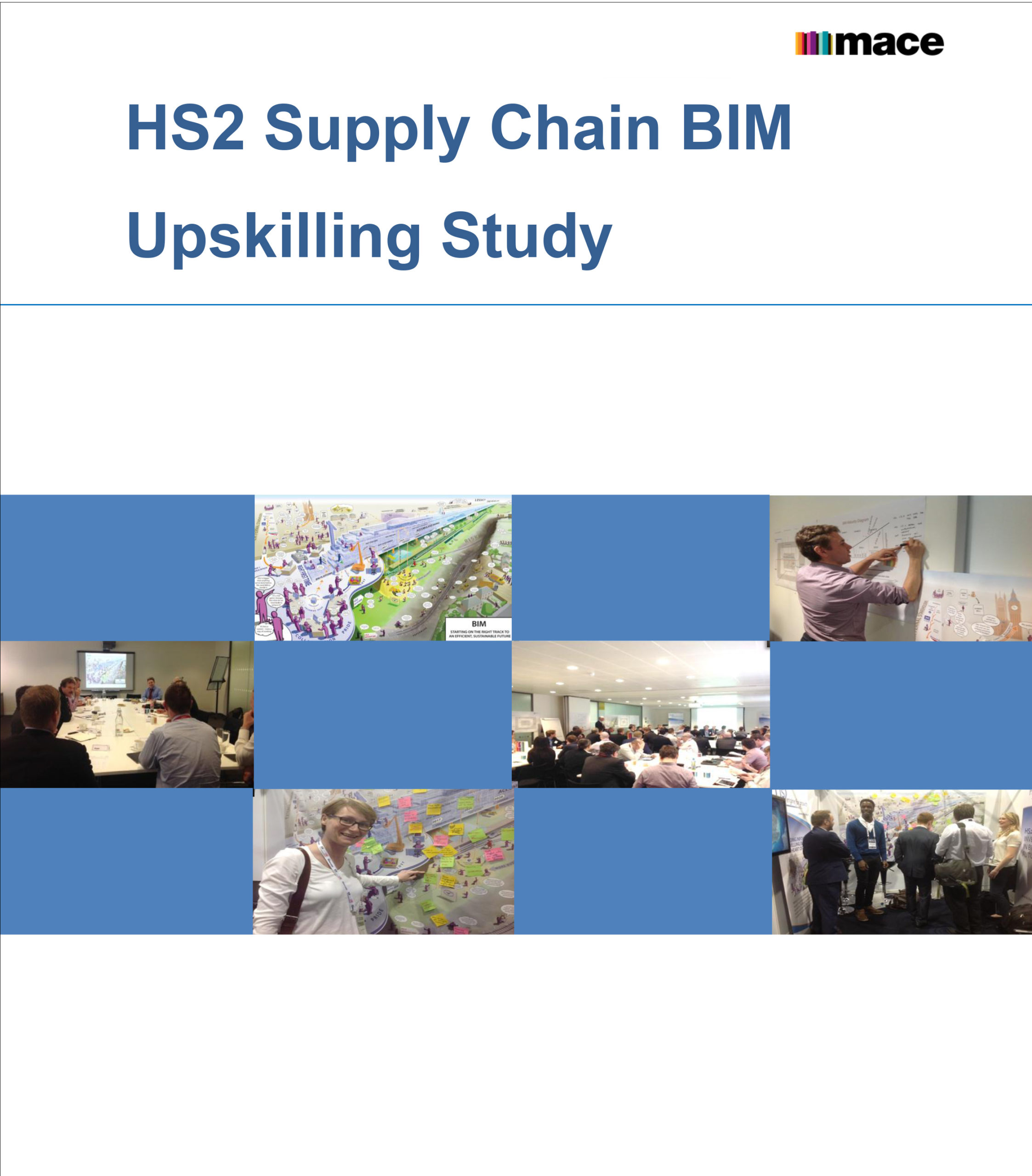HS2 head of systems and asset and systems information Jon Kerbey has told BIM+ how it intends to upskill its contractors and implement the execution plan in the HS2 BIM Supply Chain Upskilling Study, which last month concluded that BIM maturity was realistically achievable in HS2’s timescales.
But he also discussed the possibility – raised at last month’s HS2 procurement conference – that HS2 will link contractors’ milestone payments to the delivery of BIM data.
Last month, the Mace-written study concluded that 94% of the supply chain was already using BIM, 60% had a BIM strategy with defined goals, 71% were making financial provision for BIM, and 60% were working to a BIM standard.
The study also includes an “execution plan” detailing the next steps to raise the supply chain’s ability to work in BIM, including the creation of an “HS2 digital campus for supply chain orientation, upskilling and new entrants”, and setting up an e-learning portal.
Kerbey said: “We are currently putting together an implementation plan of how we will drive through this initiative, and see if we can use the High Speed Rail College to implement [parts of] the execution plan.
“We’re not sure what that might look like, but we might be able to utilise some of their facilities for a ‘digital campus’ where participants can test out what they do, and what it will feel like to be in a collaborative environment.
“We want to help them upskill and we will push our requirements out to the industry early. Everyone will be affected by the use of BIM, right down to the bottom of the supply chain. But we will provide tools, guidance and educational content to upskill on BIM, and make sure we are not overlapping with the BIM Task Group.”
BIM+ also asked Kerbey to respond also to comments made by HS2’s commercial director Beth West at an HS2 procurement conference on October 19, when she asked: “Do we want to say: ‘We are not going to pay you until your information is in BIM,’ which would solve a whole host of problems?”

John Kerbey: “We want to help them upskill”
He explained: “We didn’t say it was going to happen, just something we’re thinking about. But something has got to improve the prioritisation of BIM data – there’s got to be some incentive to deliver the data.
“Data is always left to the last minute to be given to the client, so as an incentive for the supply chain, should we delay payment until we get the data? That would put more emphasis on delivery of data as well as the service. That’s where a lot of the efficiencies are for us as a client – we get the dataset for the operational phase. So getting the data and making sure it’s fit for purpose is vital for us.”
Asked if current contracts and BIM protocols did not adequately protect the client if a supply chain member failed to hand over the data, Kerbey said: “It depends on what the contracts say and what the penalties are, but we think there has to be both carrot and stick.”
Kerbey also clarified HS2’s figure of £250m savings on the project costs to be derived from BIM, far lower than the 15-20% cost savings outlined in the Government Construction Strategy.
The figure, he says, was calculated as part of a wider HS2 efficiency programme, which also looked at issues such as offsite construction.
“It’s difficult to quantify the amount of savings you can get from implementing BIM, so it’s a semi-scientific calculation based on a large number of case studies from different sectors and extrapolating from those figures to produce that figure. It’s not the 15% saving [in the Government Construction Strategy] but we’d prefer to hit our targets than risk not meeting them.”












